The spring breeze in March is warm, the grass grows and the flowers bloom. The wind in March brought spring into the campus of Hubei University of Technology. The water in the Xunsi River became warmer. Bamboo and trees grew. The cherry blossoms everywhere fascinated teachers and students, presenting the charm of spring. In this beautiful season, Industrial Culture Lane also expresses the style that belongs exclusively to Hubei University of Technology.
Si-nan
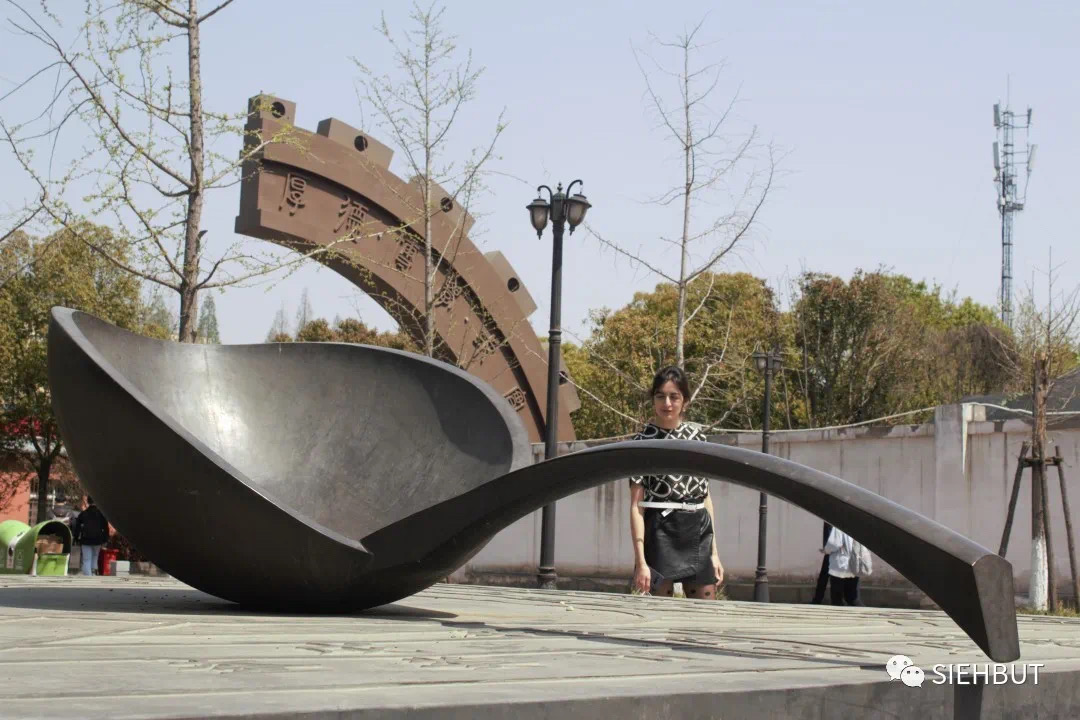
Sinan, a Guide Instrument invented in ancient China, and the prototype of the Modern Compass (Magnetic Compass), is the crystallization of the ancient Chinese working people's understanding of the polarity of magnets in their long-term practice. On the basis of Sinan, Chinese people invented Compass in Song Dynasty, which was often used for navigation. After being introduced to Europe, it played an irreplaceable role in other great geographical discoveries.
Movable-type Printing

The movable-type printing technique was invented by Bi Sheng (Lived around 970-1051) in the Northern Song Dynasty. During the Qingli reign of Song Renzong (name of the emperor) (1041-1048), Bi Sheng addressed the shortcomings of traditional engraving, such as stereotypes, time, labor and materials consuming, large number of book editions which is inconvenient for storage, hard to make corrections,etc. On the basis of summarizing the printing experience of the past generations, the movable-type of Glued-Mud Characters is made. Movable-type printing has advantages of one character can be used for different content and repeatedly, more efficient, time, effort and materials saving, etc. It is a major technological innovation in the history of printing, and has a huge and far-reaching impact on later printing and even the progress of world civilization.
Gunpowder
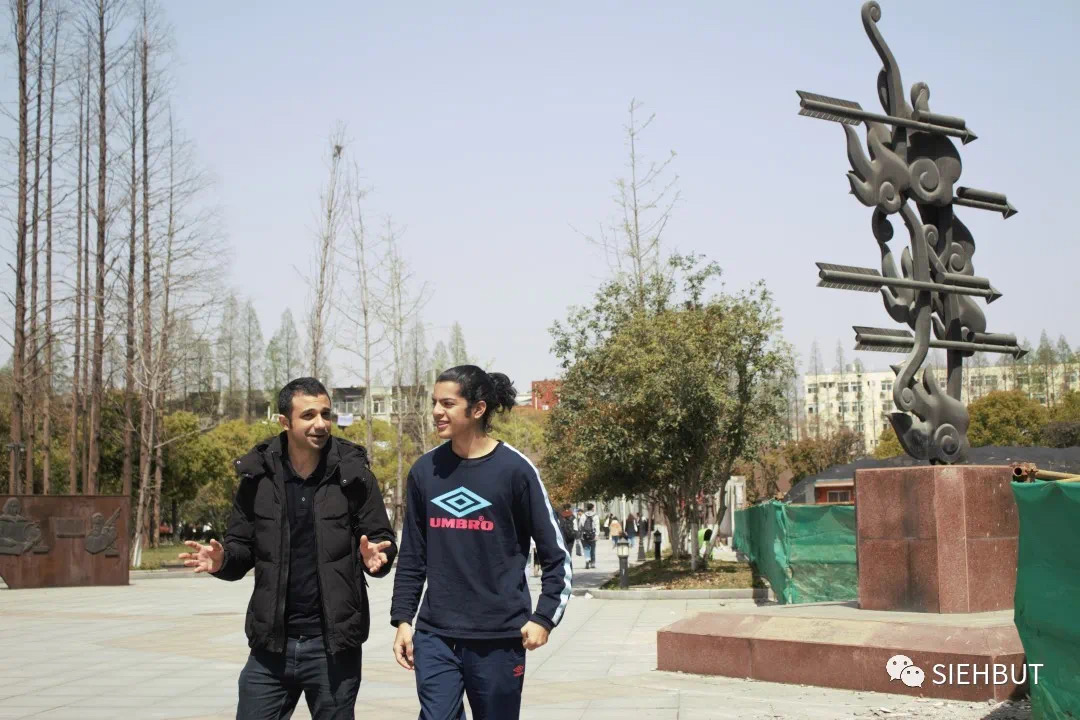
Gunpowder, also known as black gunpowder, was invented in the Sui and Tang Dynasty, originally used in circus acrobatics and firework acrobatics at the puppet show, and then gradually used in the military. Gunpowder was passed through India to the Arabs and, in turn, to Europe through Spain, with gunpowder and weapons. The invention of gunpowder greatly promoted the development of the world and was one of the important pillars of the European Renaissance and the Reformation.
Bicycle
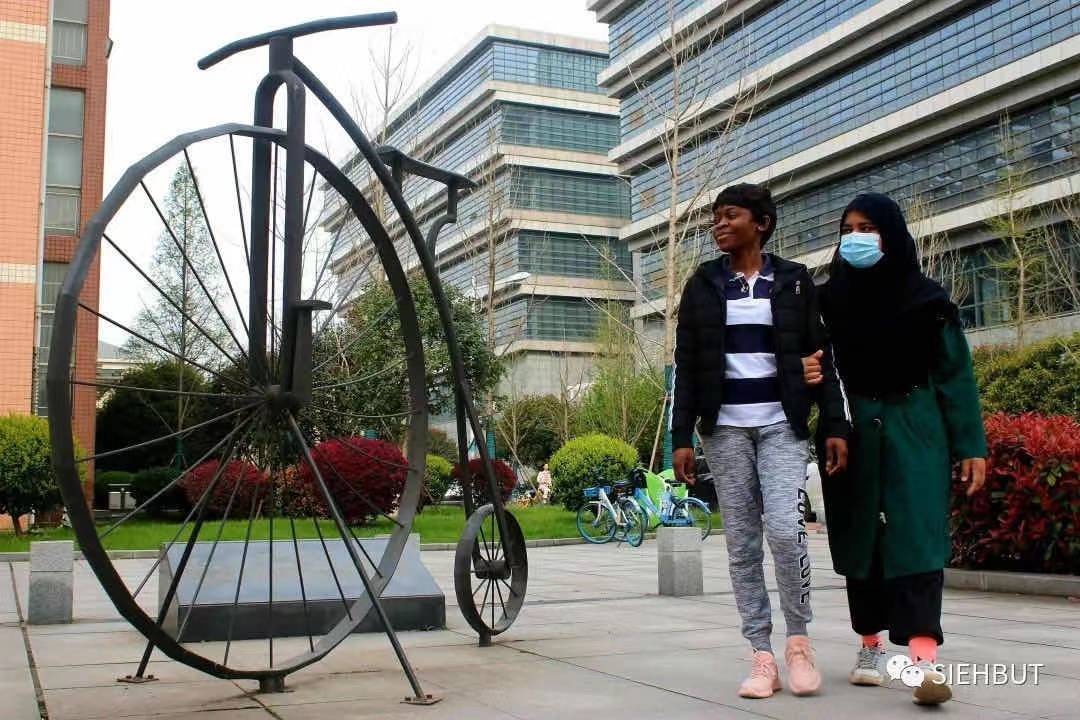
In 1817, German Karl Von Drais (Karl Von Drais) invented a wooden two-wheeled bicycle with handlebars; in 1874, British J. H-Lawson installed chains and chain wheel on the bicycle, a bicycle with a modern shape was born; in 1886, American John Kemp Starley (John Kemp Starley) designed a new style with a diamond-shaped frame made of steel pipe and fitted with front forks, brakes and rubber wheels. Since then, bicycles have become a popular means of transportation. China was once called the "Bike Kingdom".
Steam Locomotive
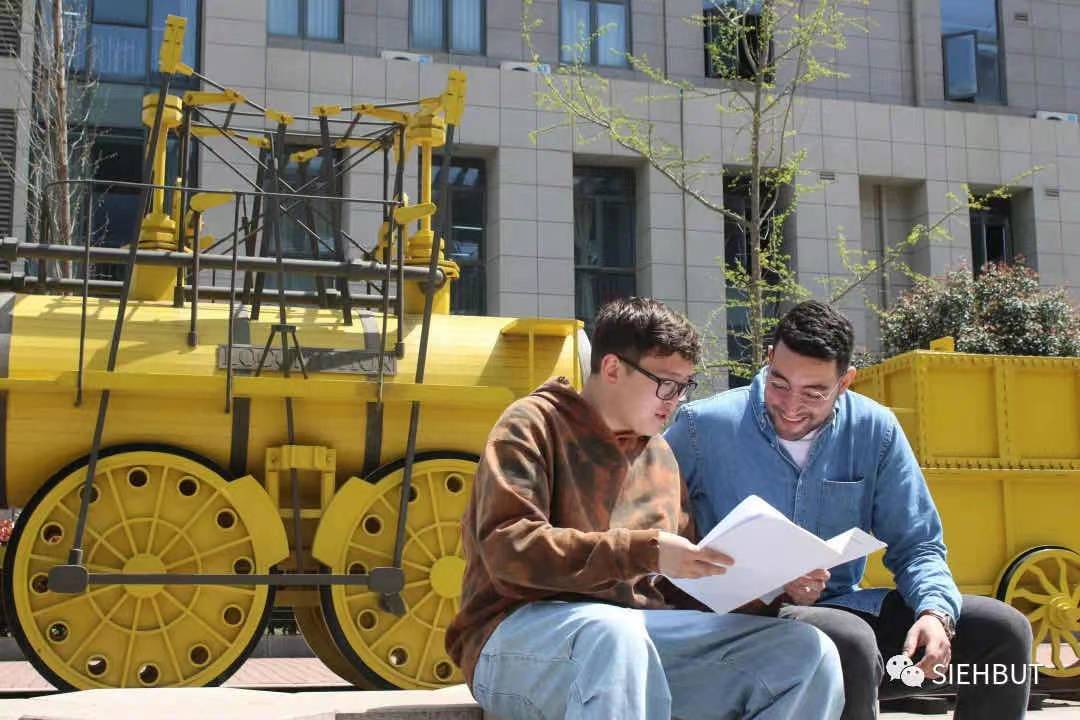
In 1814, George Stephenson, an Englishman, developed the first steam locomotive, the Bratzer, and did a trail run successfully with it. On September 27, 1825, he personally piloted the newly co-designed steam locomotive Voyager on the railway. The steam locomotive was widely used in the transportation industry, and mankind has entered the "train era".
Movie Projector

In October 1880, French physiologist Etienne Juul Maret invented the world's first movie camera. In 1882, he invented a camera that could capture the coherent movements of birds. In 1889, American Thomas Alva Edison invented the projector. In 1895, the French brothers Auguste Marie Louis Nicholas and Louis Jean successfully developed an Kinetograph, marking the official birth of film.
Machine Tool

A machine that manufactures machines. In 1774, the British John Wilkinson (John Wilkinson) invented the Barrel Boring Machine. In 1797, the British mechanical inventor Henry Maudslay created a modern lathe that uses lead screw to drive the tool post. In 1938, the hydraulic system and electromagnetic control promoted the invention of a new type of milling machine. In 1951, the first electronic tube Numerically-controlled Machine Tool was built. From 1970 to 1974, Machine Tool control achieved three technological breakthroughs from computer group control, computer-aided design to adaptive control system.
Screw-shape Seat

The ancient Greek scientist Archimedes was the first to describe spiral objects. Around 1550 AD, metal nuts and bolts as fasteners first appeared in Europe. In 1797, Henry Maudslay invented an all-metal precision screw lathe in London, and metal screws and nuts realized industrial production for the first time. At the end of the 18th century, screws have become quite popular as fixing parts.
Automobile
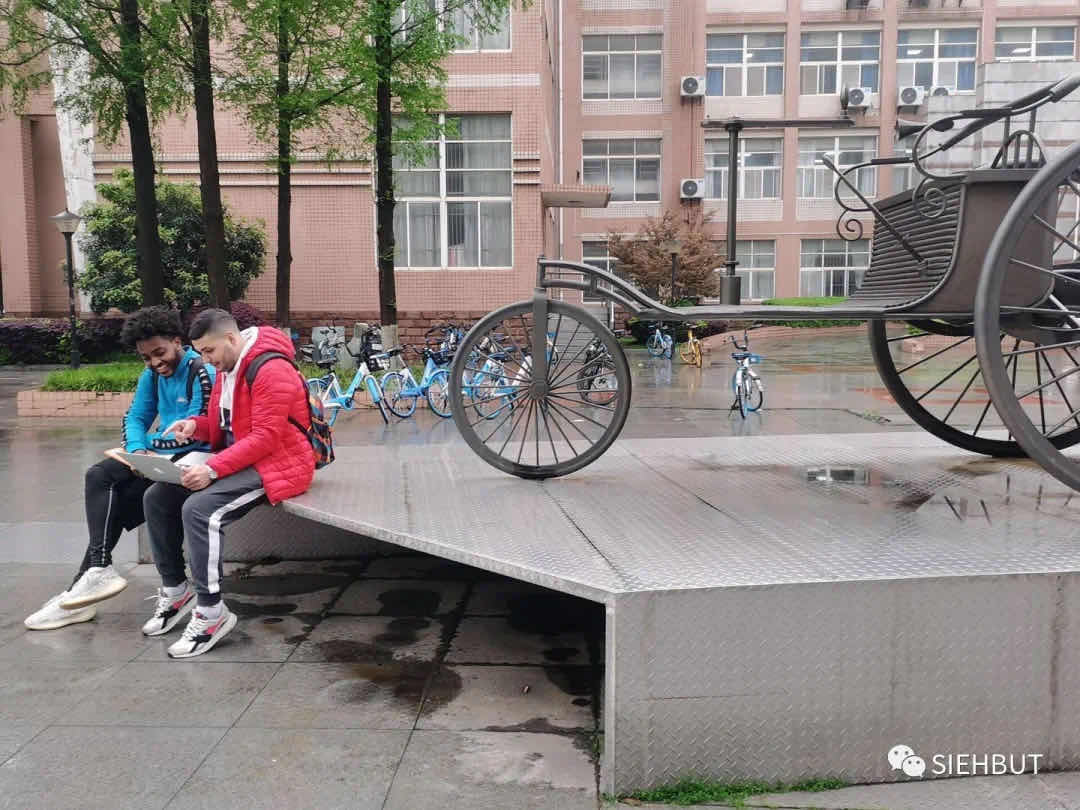
German Carl Friedrich Benz (Carl Friedrich Benz) is a world-recognized inventor of the car, known as the "father of the car" who invented the world's first two-stroke single-cylinder gasoline engine driven in 1886. In 1887, the world’s first automobile manufacturing company, Benz Motors Corporation, was established. In 1888, the British John Boyd Dunlop (John Boyd Dunlop) invented the pneumatic tire. In 1914, the automobile assembly line installed by Henry Ford in the United States brought about the first revolution in the automobile industry, and automobiles gradually became popular commodities.
Light Bulb
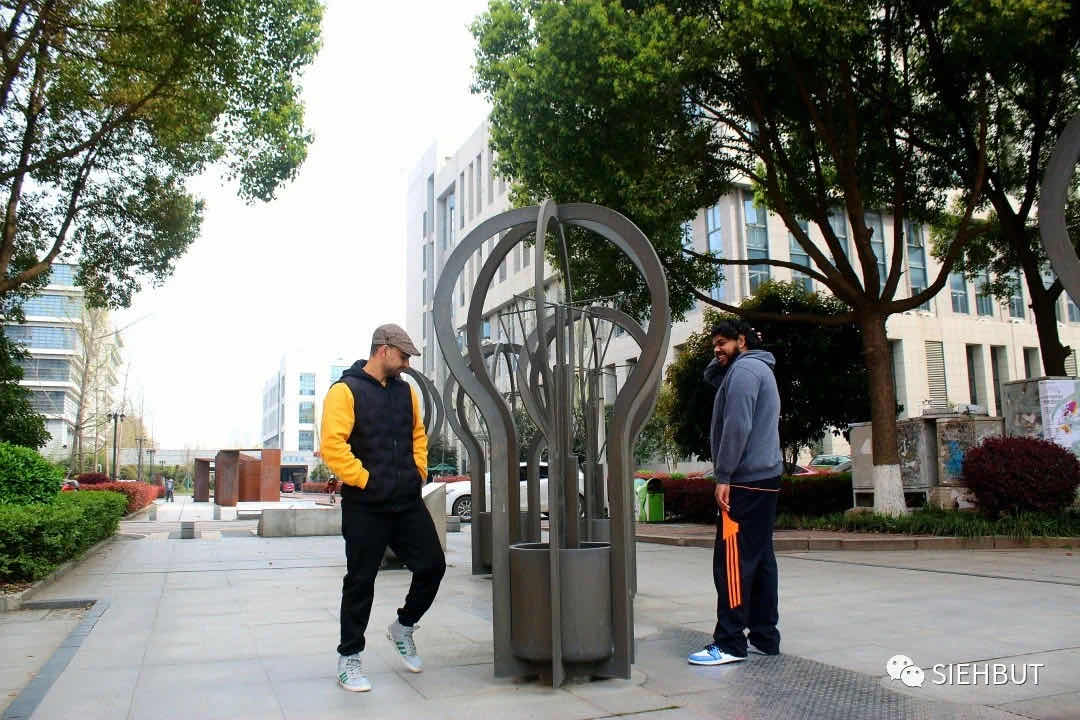
In 1897, the British inventor Joseph Wilson Swan and the American inventor Thomas Alva Edison invented the electric light bulb. In 1906, General Electric invented the method of manufacturing tungsten filament for electric lamps, which solved the technology to manufacturing tungsten filament cheaply. The invention of the light bulb ended the long history of mankind mainly using candles, oil lamps and torches for lighting.
Mobius Ring

The Mobius Ring was named after the discovery in 1858 by German mathematicians Augustus Ferdinand Mobius and Johhan Benedict Listing. By fixing one end of a rectangular strip of paper, twisting the other end half a circle, and gluing the two ends together, the resulting curved surface is the Mobius Circle, which is also known as the Mobius Strip and often being referred to as the creative source of the infinity symbol “∞". The Mobius belt has the characteristic of infinite circulation and can be used as a metaphor for the infinite development of industrial civilization.
Taking-off

The ground steel plate folds up to form a vigorous and upward abstract sculpture, similar to the abstract form of DNA of biological heredity. There is an end point in the long Industrial Culture Lane, yet industrial development is endless. To inspire students to take on the mission of make industrial contributions, inherit the spirit of scientific innovation, and contribute their own strength to the take-off of Chinese industry!
Epilogue

The beautiful scenery is foreshadowing, and the pen and ink are just to praise you-Industrial Culture Lane. This corridor of industrial culture is described lightly on the campus. It lightly recounts the path of innovation that smart people continue to pioneer from yesterday to today! These stories have taught the international students of Hubei University of Technology the beauty of innovation, and also inspired them to embark on the path of innovation!
Archimedes
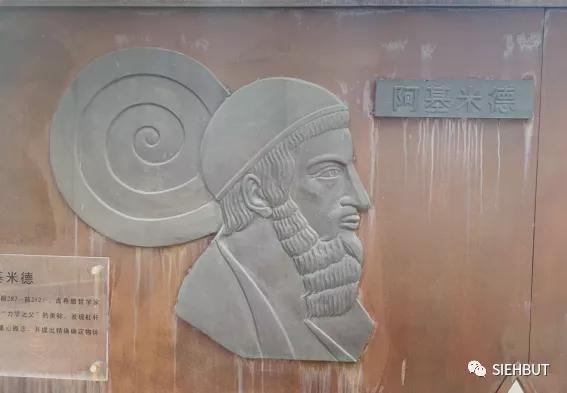
Archimedes (287 -- 212 BC) was a Greek philosopher, mathematician, and physicist known as the "father of mechanics". The Lever Law and Archimedes Law were discovered, the concept of the center of gravity was introduced, and a method to accurately determine the center of gravity of an object was proposed.
Aristotle
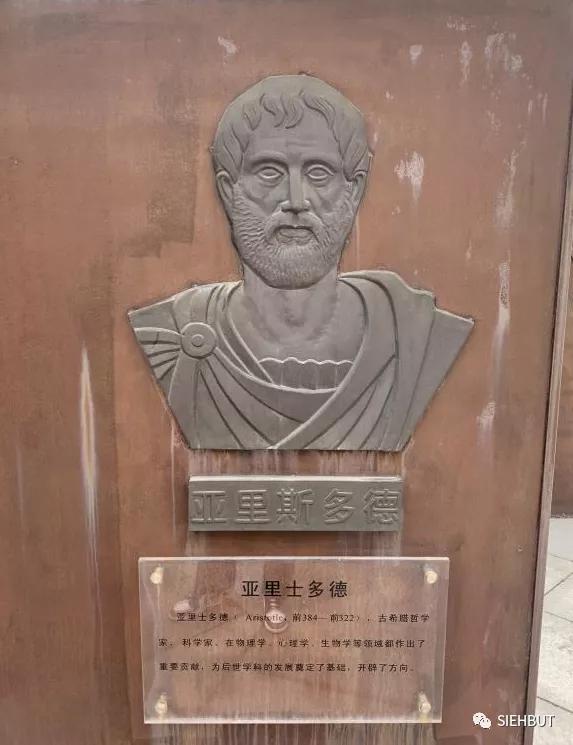
Aristotle (384-322 BC) was a Greek philosopher and scientist. He has made important contributions to the fields of physics, psychology, biology and so on, and has laid a foundation and opened up a direction for the development of later disciplines.
ShenKuo
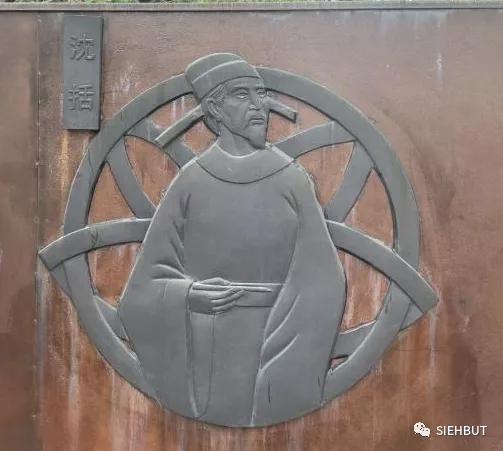
Shen Kuo (1031-1095), courtesy name Cunzhong, born in Qiantang, Hangzhou (today's Hangzhou, Zhejiang), was a philosopher of the Northern Song Dynasty. He was knowledgeable and studied astronomy, geography, scripture, history, music, medicine and so on. In his later years, based on what he had heard in his life, he wrote Mengxi Bi Tan, which recorded in detail the scientific development and production technology at that time.
Isaac Newton
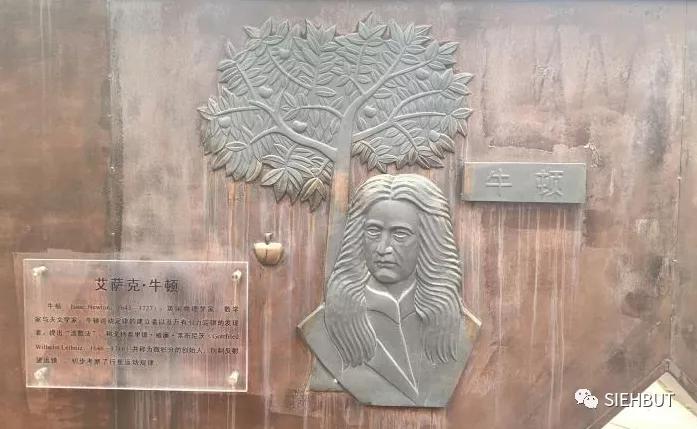
Isaac Newton (1643 -- 1727) was an English physicist, mathematician and astronomer. The founder of Newton's Laws of Motion and the discoverer of the Law of Gravitation. He proposed the Method of Fluxious, and together with Gottfried Wilhelm Leibniz is called the founder of calculus. He created reflecting telescope, preliminarily investigated the laws for planetary motion.
Liu Hui
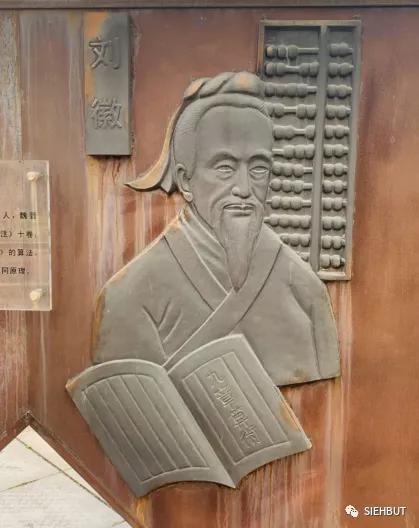
Liu Hui (years of birth and death are unknown), born in Zi town (now shandong zouping), mathematician of Wei and Jin dynasty, the founder of the Chinese traditional mathematics theory. He wrote ten volumes of Note for Nine Chapter Arithmetic, which defines many important mathematical concepts. It also fully proved that the algorithm of "Nine Chapter Arithmetic", refuting the errors or inaccuracies among them, He also developed the concept of PI and Principle of Homogeneity.
Li Shizhen

Li Shizhen (1518-1593), courtesy name Dongbi, born in Qizhou (present Qichun County, Hubei Province), was a medical scientist in the Ming Dynasty. He committed to drug and pulse research, placed great importance on clinical practice and innovation. The book, Compendium of Materia Medica (Compendium of Materia Medica), was written in 27 years, summarizing the pharmacological experience of the past centuries, making great contributions to the development of pharmacology and becoming a valuable legacy of traditional Chinese medicine.
Nicolaus Copernicus
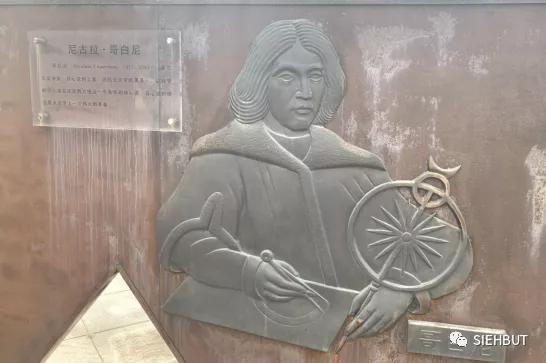
Nicolaus Copernicus (1473-1543), polish astronomer, founder of the heliocentric theory and modern astronomy, whose scientific heliocentric theory disproved the geocentric theory that had dominated the West for more than a thousand years. The introduction of heliocentric theory was a great revolution in astronomy.
Galileo Galile

Galileo Galilei (1564-1642) , Italian physicist, astronomer, and one of the founders of modern experimental science and mechanical materialism. He created Law of Falling Body, discovered the Inertia Law of Object, the Isochron of Pendulum Vibration and the Law of Projectile Motion, and determined the Relativity Principle of Mechanics.
Li Chun
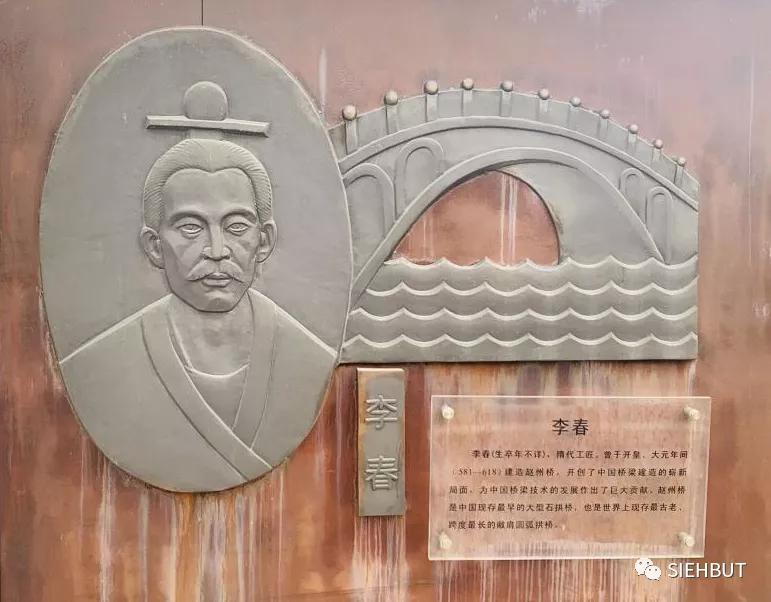
Li Chun (date of birth and death unknown) was a craftsman in the Sui Dynasty. He built the Zhaozhou Bridge during the Kaihuang and Dayuan dynasties (581-618), opening up a new era in bridge construction and making great contributions to the development of bridge technology in China. Zhaozhou Bridge is the oldest existing large stone arch bridge in China, and also the oldest and longest open-shouldered arced bridge in the world.
Zu Chongzhi
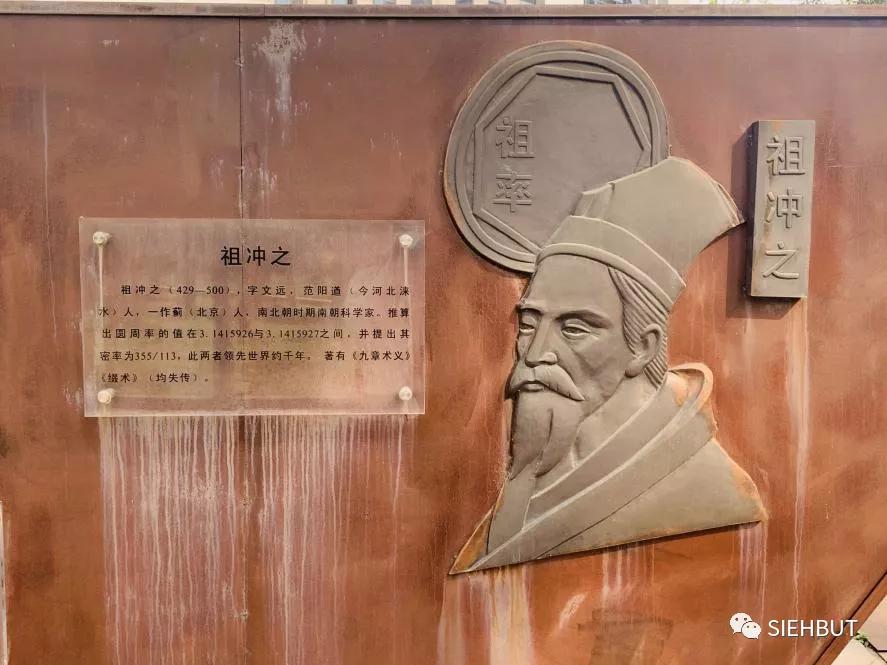
Zu Chongzhi (429-500), courtesy name Wenyuan, born in Fan Yangqiu (now Laishui in Hebei), was a scientist of the Southern Dynasty during the Northern and Southern Dynasties. He calculated Pi is between 3.1415926 and 3.1415927, which is about one thousand years ahead of the world. He wrote "Nine Chapters" and "Zhui Shu", both of which are lost.
Ernst Werner von Siemens & Gramme Zenobe Theophile
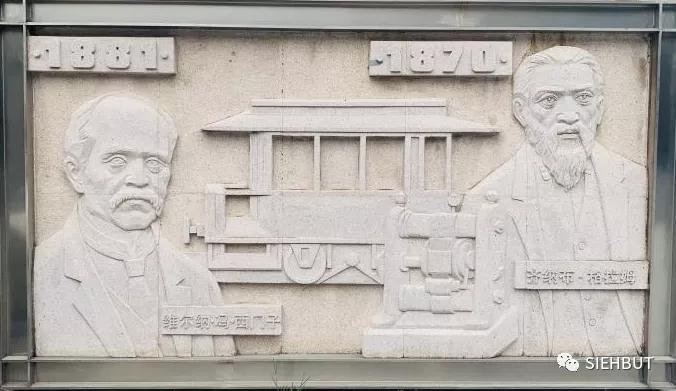
Ernst Werner von Siemens (1816 -- 1892) was a German inventor, entrepreneur and physicist. Inventor of the electric motor, generator, tram, and compass telegraph. He improved the submarine cable, put forward the open-hearth steelmaking method, revolutionized the steelmaking process, is the founder of Siemens.
Gramme Zenobe Theophile (1826 -- 1901) was a Belgian inventor. Has made AC generator, DC generator. He was directly responsible for the invention of the practical electric motor (motor), which ushered in the age of electrification.
Wilbur Wright& OrvilleWright
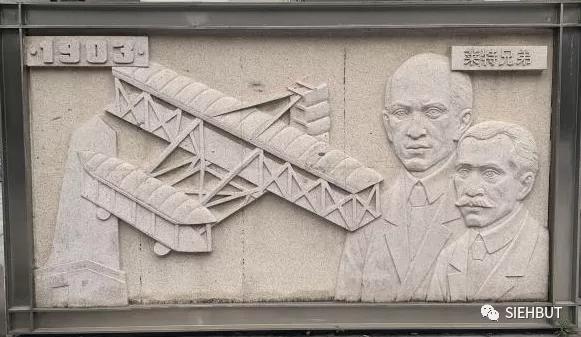
Wilbur Wright (1867 -- 1912), OrvilleWright (1871 -- 1948), American inventors. A great pioneer in the history of world aviation, made and installed in 1903 the Flyer 1, and successfully did a test fly, completed, in the human history, the first heavier-than-air aircraft powered flight.
Samuel Finley Breese Morse & Alexander Graham Bell

Samuel Finley Breese Morse (1791 -- 1872) , American inventor. He invented and improved the electromagnetic telegraph. The invention of a convenient code, called Morse code, brought the telegraph into practical use and opened a new page in the history of human communication.
Alexander Graham Bell (1847 -- 1922), American inventor and entrepreneur. He is known as the father of the telephone. He invented the world's first working telephone and patented it in 1876, founding the Bell Telephone Company (predecessor to AT&T).
James Hargreaves
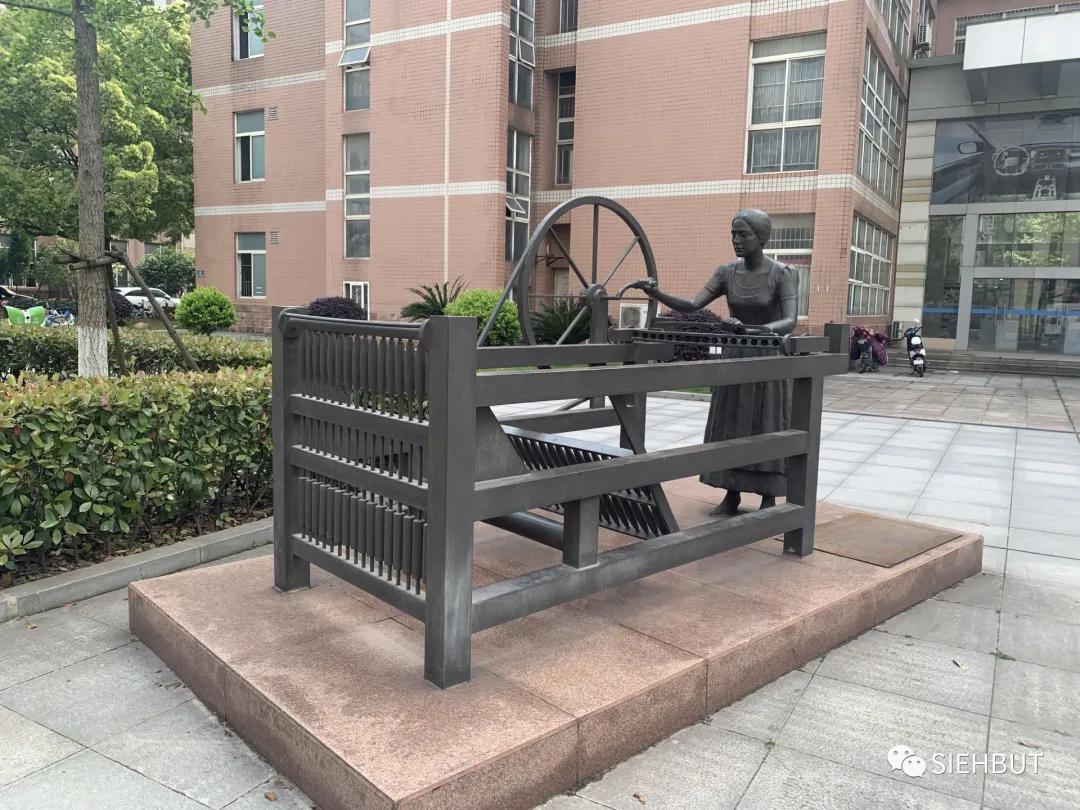
By the middle of the 18th century, British goods were increasingly being sold abroad, and craftsmanship in artisanal factories was in short supply. In the 1760s, weaver James Hargreaves invented the hand spinning Jenny machine. The Jenny machine can spin many threads at once, greatly increasing productivity.
Huang Daopo
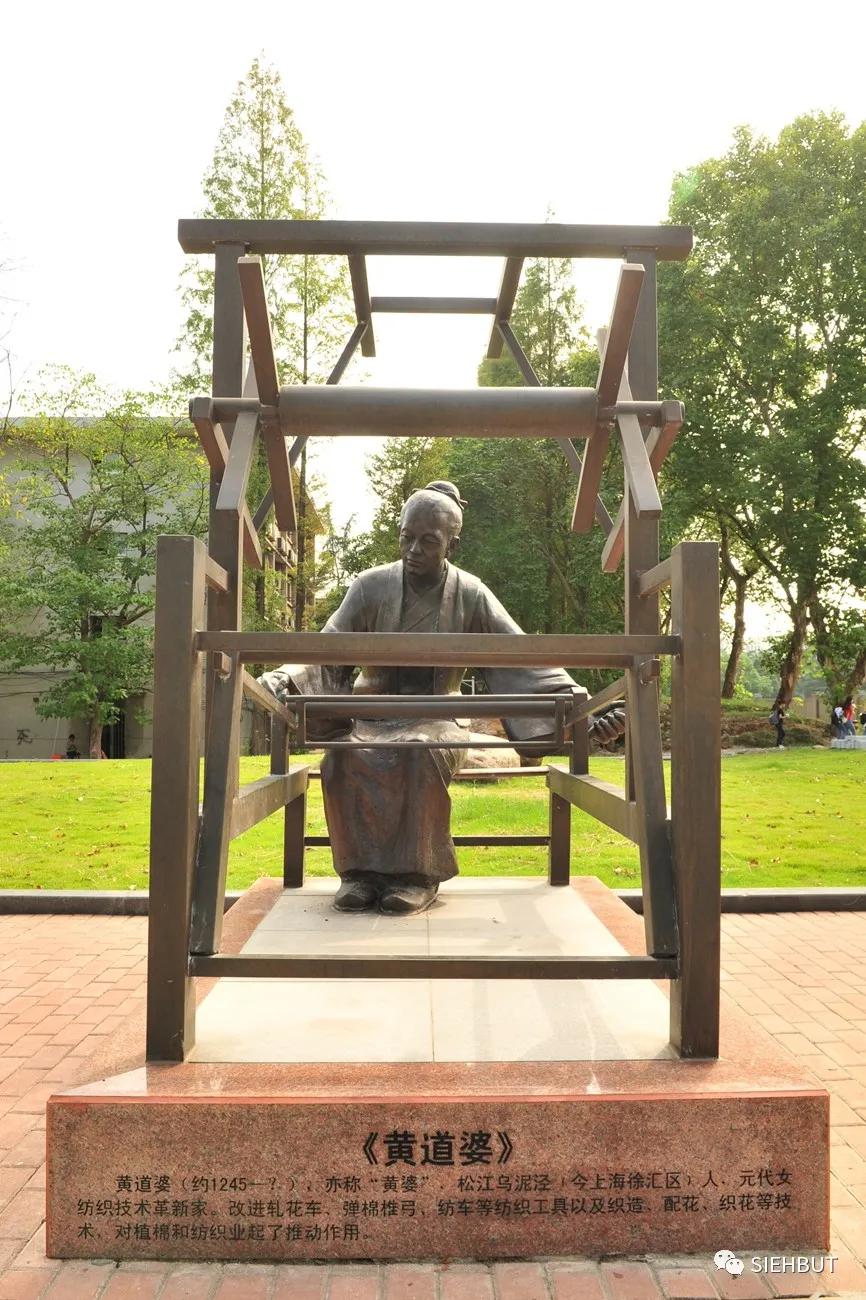
Huang DaoPo (ca. 1245-?) , also known as "Huang Po", a native of Wunijing in Songjiang (today's Xuhui District in Shanghai), she was a female textile technology innovator in the Yuan Dynasty. The improvement of weaving tools, such as cotton ginning cart, spring-cotton vertebrae and spinning wheel, as well as weaving, matching and weaving techniques has promoted the cotton planting and textile industy .
Zhang Heng
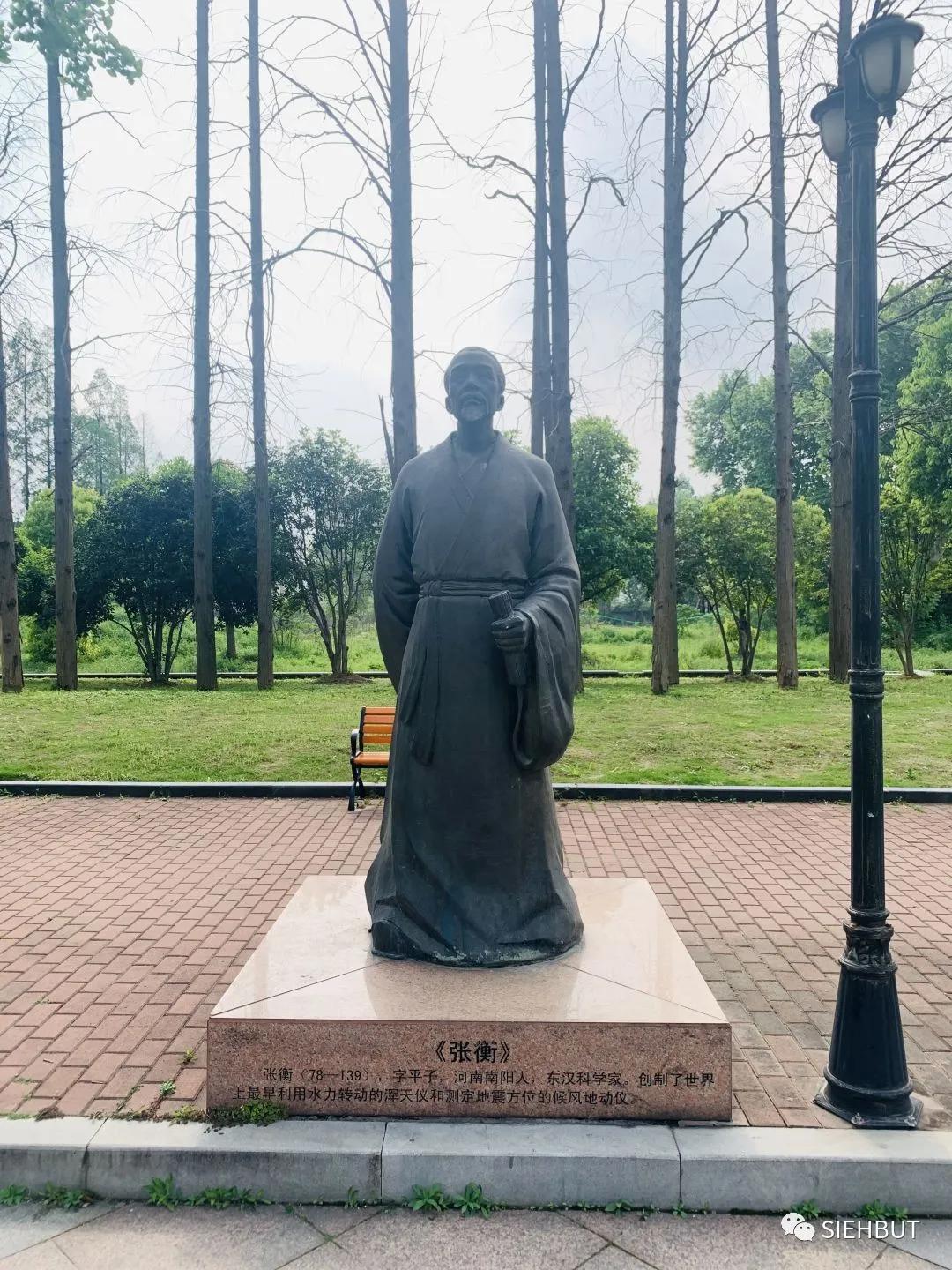
Zhang Heng (78 -- 139), courtesy name 'Pingzi', born in Nanyang, Henan Province, was a scientist of the Eastern Han Dynasty. He created the world's earliest deep-sky instrument using hydraulic rotation and Hou Feng Seismograph which is used to determing the direction of earthquakes.
Cai Lun
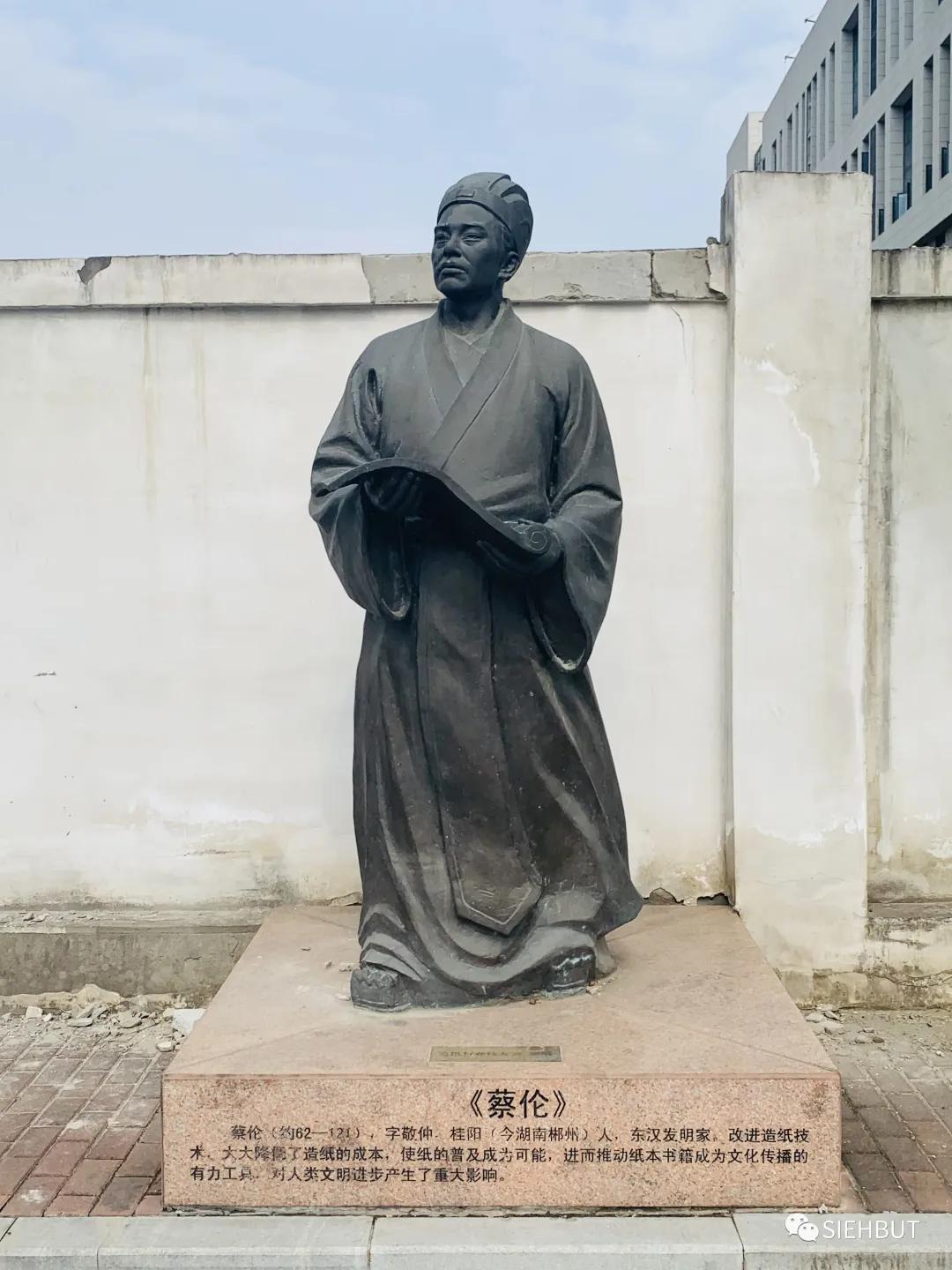
Cai Lun (about 62-121), courtesy name "Zang Zhong" (born in Guiyang, Chenzhou, Hunan Province today), was an inventor of the Eastern Han Dynasty. The improvement of papermaking technology has greatly reduced the cost of paper making and made it possible to popularize paper, thus promoting paper books to become a powerful tool for cultural communication, which has produced a significant influence on the progress of human civilization.
Matthew Boulton & James Watt
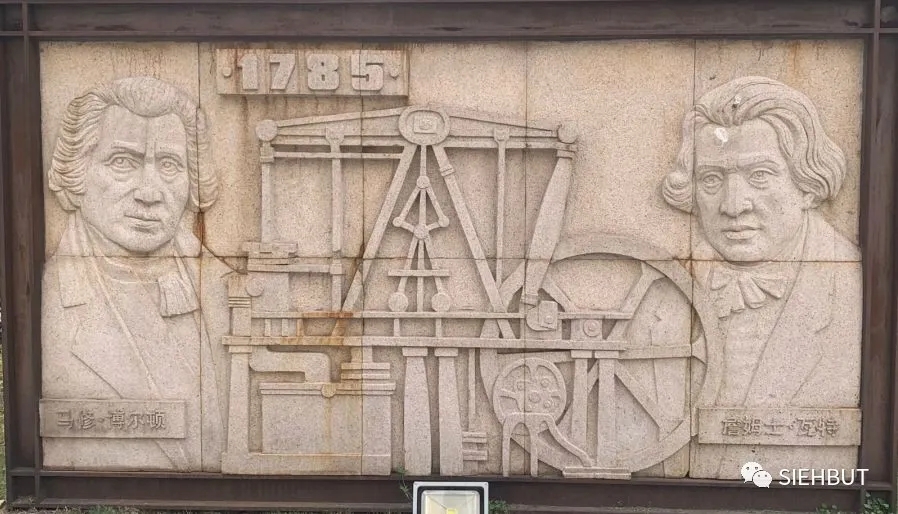
Matthew Boulton (3 September 1728 -- 18 August 1809) was an English manufacturer and engineer who invested in the production and promotion of Watt's steam engine. In 1775 he teamed up with Watt to develop the steam engine. Boulton, anticipating the great industrial need for steam power, urged Watt to design reciprocating rotary engines and Watt engines, which he used in his mill to power grinders. He became a Fellow of the Royal Society in 1785. By 1800, there were close to 500 steam engines installed in the British Isles and abroad.
James Watt (19 January 1736 -- 25 August 1819) was an English inventor, entrepreneur, and a major figure in the First Industrial Revolution. He built the first practical steam engine in 1776. After a series of major improvements, it has become a "universal prime mover" and has been widely used in industry. He opened up a new era for human kind to use energy, which broughy mankind into the "steam age".
Robert Fulton

Robert Fulton (1765 ~ 1815) was a famous American engineer. In 1807, he used British machinery to make the world's first steamship "Claremont", which was the world's first steamship pioneer. He has made outstanding contribution to the development of the human navigation cause.
John Kay

John Kay (1704 ~ c. 1764), born in Lancashirewas, a watchmaker who invented the flying shuttle. In 1730, a wool spinning machine suitable for processing mohair was developed. In 1733, he improved the weaving shuttle and invented the flying shuttle. With the help of a special rope to drive the shuttle, the weavers pulled the rope so that it flew back and forth across the shuttle. The invention and use of the flying shuttle caused the imbalance of labor productivity between the spinning and weaving industries and promoted the development of the technological revolution in the spinning industry.